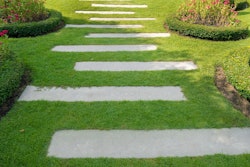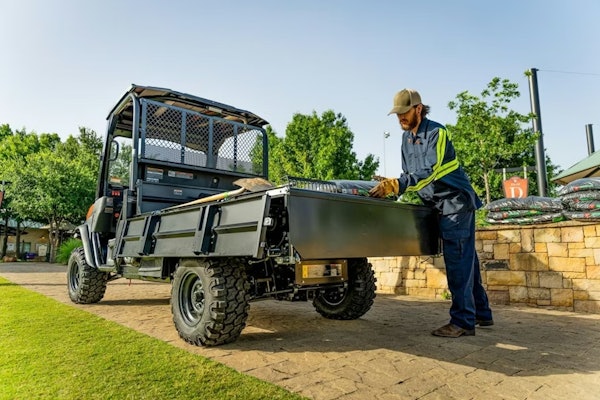
In the past, this has caused an uproar for those left behind to clean up the mess, but after looking into the possibility of biodegradable beads, cities may not have to deal with that problem much longer.
After Mardi Gras comes to a close, tens of thousands of pounds of beads are left in the streets, in bushes and trees, stamped into the soil and sometimes in waterways and sewers. Discarded beads will also inevitably end up in landfills after they are taken home.
According to nola.com, LSU biological sciences professor Naohiro Kato is in the process of creating biodegradable beads for Mardi Gras, which are made entirely out of large amounts of microscopic algae, also called microalgae. The microalgae can disintegrate over time in soil, which makes them the ideal substance to use when creating beads, in Kato’s opinion.
According to phys.org, the microalgae was discovered accidentally when one of Kato’s students forgot to move the test tube samples from the centrifuge to the freezer. When Kato discovered the samples the next morning, he said there was a large glob of algae accumulating oils on the bottom of the centrifuge.
Kato told phys.org that he immediately thought about using the microalgae to create biodegradable Mardi Gras beads. He then began working to grow larger quantities of microalgae in a six-foot kiddie pool outside. With Louisiana’s warm climate, ample sunlight, water and nutrients, phys.org says this was an ideal environment to mass-produce the microalgae naturally.
According to phys.org, Kato grows a species of microalgae that is easy to grow, profitable and strong. Nutraceutical companies can also use these microalgae to market products as vegetarian or vegan, according to phys.org.
“I believe we can change and do better,” Kato stated in a news release, according to nola.com. “We have great resources to make our Mardi Gras celebrations more sustainable and to protect our environment and health.”
According to phys.org, Kato plans to produce the microalgae for nutraceutical companies to offset the high cost of making biodegradable Mardi Gras beads. Beads made of plastic are three times less expensive to produce than those made completely out of microalgae, according to phys.org, but the environmental threats they pose could cause more problems down the road.
Kato says he has a patent pending to make the beads entirely out of microalgae using the leftover biomass that isn’t used by the nutraceutical industry.
Phys.org reports that one gallon of microalgae culture can produce a few biodegradable beads, which will disintegrate over time in soil. To make the idea a commercial success, Kato says he’ll need to manufacture the microalgae in a pond the size of a football field, according to nola.com.
While Kato continues his work to create these biodegradable beads, there are others in the area and around the nation who want to ban the beads altogether. According to Curbed New Orleans, there have already been over 14,000 supporters that have signed a Care2 petition seeking to ban Mardi Gras beads; there is no update on how many of those are from New Orleans.
Curbed New Orleans states that Care2 is a Silicon Valley-based organization that helps individuals start petitions related to the common good of communities around the world; the reported goal of the petition is 15,000 supporters, but there’s no information about what will happen if/when that number is reached.
Those who started the petition, overall, seem to be in favor of the celebration of Mardi Gras, according to Curbed New Orleans, but they cited a recent New Orleans Department of Public Works statement that spoke of the 46 tons of Mardi Gras beads removed from clogged catch basins earlier in the year.
The organizers of the petition also told Curbed New Orleans they were concerned at the toxic materials present in the beads, such as, “lead, bromine, arsenic, phthalate plasticizers, halogens, cadmium, chromium, mercury and chlorine.”











